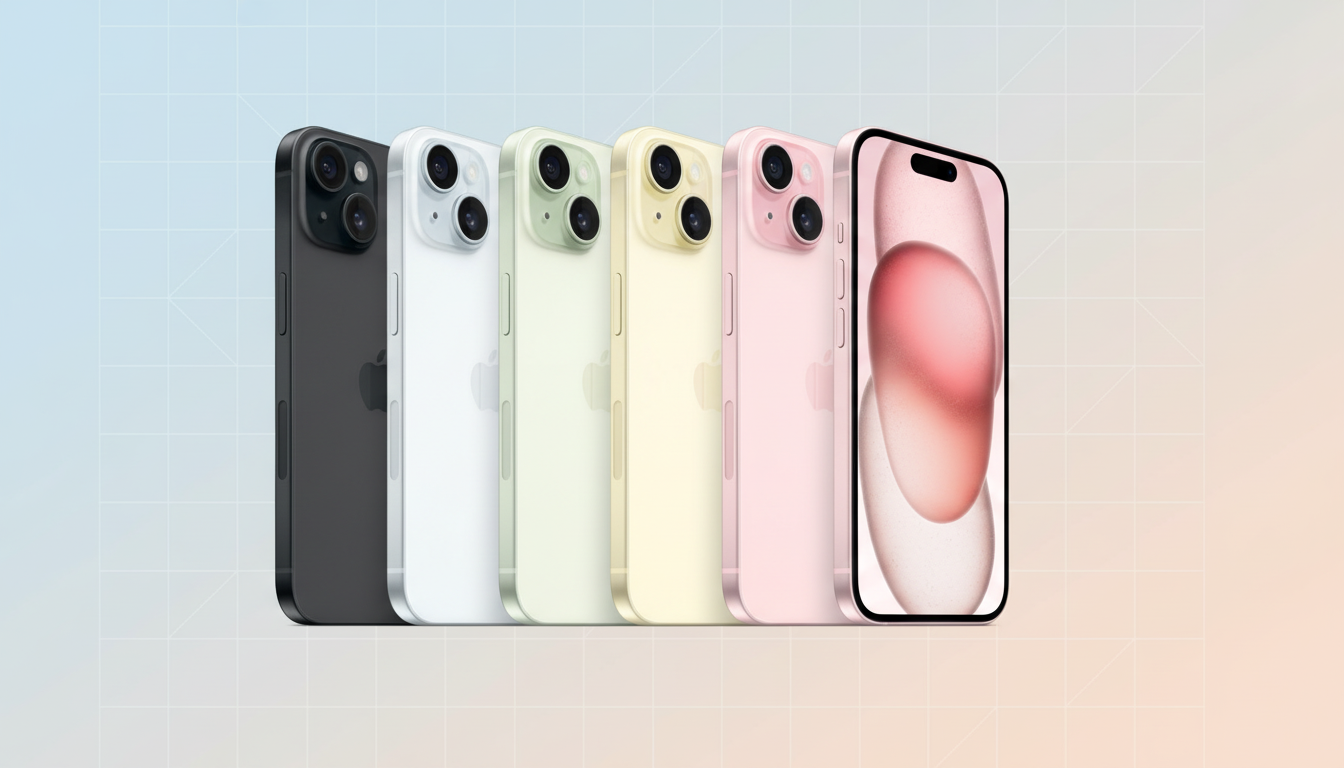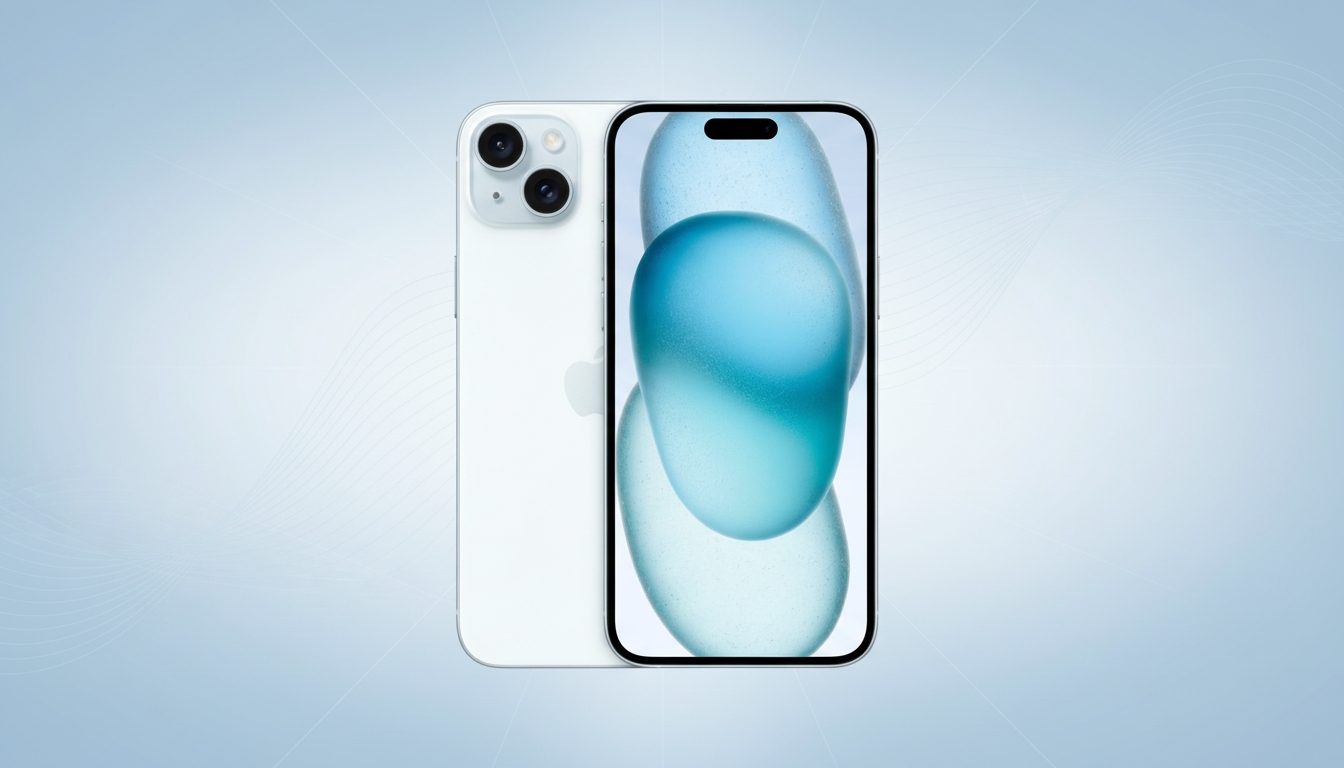From support forums to social media, early adopters of iOS 26 are expressing a familiar refrain: they feel like the operating system’s battery life is worse than it was before they installed the update. One set of reports describes modest decreases, while another describes dramatic drops on both new and older iPhones, some of whose owners began calling them “half‑day phones” with the software installed.
What Users Are Saying After Updating to iOS 26
One iPhone 15 owner on Apple’s Support Community wrote about an idle battery drop from something like 90% to the mid‑40s over a workday despite Background App Refresh turned off and the screen set to sleep in short order. With iPhone 13s that are updated to iOS 26, owners say they’re dropping several hours relative to iOS 25 builds and are reporting battery health still reads above 95%, yet the phone acts as if available capacity had dropped off a cliff.

“I have been an iPhone 13 Pro Max user for a long time and had days when I would end at about 87% with light use, but now I am ending closer to 50% on iOS 26,” one such user said. (Some have also noted heavier draw when scrolling through new visual effects and UI flourishes added this cycle, indicating that whichever animations or rendering paths they represent are hitting the GPU and display pipeline with more force than previously.)
On X, owners of the new iPhone 16 Pro are chiming in with complaints, including a few who have dubbed the phone a “half‑day” performer at this point. Not everyone shares this complaint — some people are saying their battery life measures up to what they experienced pre‑update — but between Apple’s own forums, Reddit, and X, it seems there’s a real pattern here rather than one‑off flukes.
Which Devices and Use Cases Are Impacted
The problem doesn’t seem to affect only old batteries. Reports cover both recent flagships with strong battery health and older handsets. Reasons listed include heavy social media scrolling, camera use, or multitasking with open tabs/panels on the phone. Some users also experience high drain when the phone is idle, suggesting apps running in the background that wake up more frequently than they should.
Other users, looking in Settings > Battery, note that system services and first‑party apps sometimes suddenly jump to the top of the chart — signs that indexing or sync actions may be running longer than previously. Other theories point to third‑party apps that have not been updated for iOS 26, with location and push activity remaining high post‑update.
Why Big Updates Can Impact the Battery on iPhones
On its support pages, Apple confirms that major releases may temporarily alter battery and thermal characteristics. After a major update, iPhones re‑index on‑device search, refresh Photos analysis, re‑download assets, and re‑optimize apps. Those processes usually take a day or two to settle down, depending on the size of your library and network conditions. It also depends how often you use the device during that time.

However, beyond indexing, new features generally come at the cost of increased background activity or improved visuals. All these high‑refresh‑rate displays, richer animations, Live Activities, and location‑aware features can add up when it comes to power consumption. Historically, these behaviors have been targets for tuning — previous iOS life cycles have witnessed early complaints about battery life dissipating after subsequent updates as Apple tweaks system services and partner apps are updated with patches.
What Apple Says and What to Watch After Updating
Apple’s advice is to wait for the post‑update settling period and make sure to keep the device on the latest software. The company says some features may need extra resources at first and that battery and performance usually settle down. Although Apple hasn’t specifically said it’s fixed something, its pattern is to release follow‑up updates that target any unexpected battery draining, and it tends to address a lot of issues when user feedback coalesces around being able to reproduce them.
In the meantime, individual users are network‑mining and isolating culprits by:
- Observing the Battery settings for unusual background activity
- Updating every app they have for up‑to‑date compatibility
- Temporarily disabling high‑impact toggles like Background App Refresh, precise location access, and persistent widgets
If drain continues after this first settling period — and especially if your idle losses are high — gathering analytics and reaching out to Apple Support may help escalate directly reproducible instances.
Early Feedback Bottom Line on iOS 26 Battery Life
Early iOS 26 battery results have been mixed, but the throughline isn’t: a significant number of users spread across several iPhone generations feel that their stamina post‑update has taken a hit. Apple’s own documentation provides an innocent reason for the initial stretch after install, but the sheer volume of reports will keep the heat on these coming iOS 26 builds to bring tangible benefits. Until then, the best advice remains to keep a close eye on your Battery settings, give indexing time, and expect improvements in future updates.

